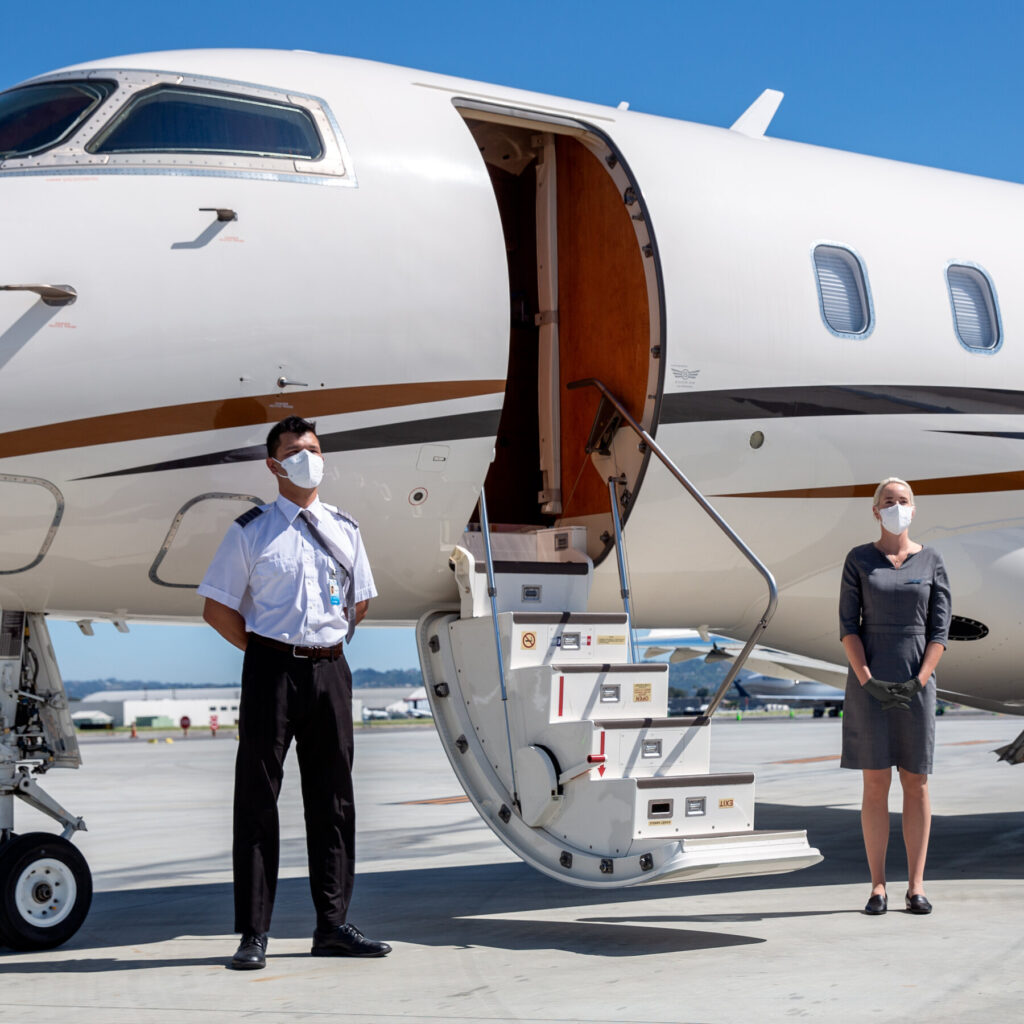Key aspects of Latin America’s Commercial and Business Aviation.
” The future of Latin America’s Aeronautical Sector is Auspicious.”
Recently, I pointed out that the future of Latin America’s aeronautical sector is auspicious – despite economic and political challenges and Business Aviation – and undeniable facts prove that, following Asia, the region’s industry will experience the next highest growth rate. For example, data provided by the UN World Tourism Organization (UNWTO) suggests that air traffic demand is growing at an annual rate of 5.6% (which surpasses projections for the rest of the globe). Evidently, the region’s airlines will have to double – or even triple – their fleets over the next 20 years if they aim to meet this growing demand, particularly in regional and domestic markets.
In fact, according to the world’s largest aircraft manufacturers – Boeing, Bombardier, Airbus, and Embraer – the most significant purchase orders are coming from Latin American companies. That is why North America’s, Europe’s and Asia’s financially strong companies plan to make massive investments in the Latin America’s aviation industry. Their plans mainly include alliances with the region’s largest companies to increase the number of aircraft and destinations. Airbus and Boeing, for instance, expect to place approximately 3,050 new aircraft over the next two decades, which will cost an estimated $ 350 billion (in fact, the region will need, at least, 2,500 new single-aisle planes).
Apparently, commercial airlines will be the only ones to benefit from this impressive boom. I have observed, however, that private aviation is also in prime position to successfully face Latin America’s estimated growth. Looking at the ground covered so far, air brokers and air service suppliers will also benefit from the opportunities this promising future offers and play a leading role to help transform the region into a key hub in the international arena. More and more customers, evidently, prefer the numerous advantages of using private aviation as it offers a wider range of possibilities and aircraft configuration for every flight. In fact, according to AMSTAT – the world’s leading group in business aircraft market research – Latin America boast the second and third largest business aircraft fleets within the Americas, with Mexico’s fleet (988) recently surpassing that of Brazil (782) for the second place just behind the US.
Data provided by AMSTAT reveals that 454 business jet transactions have been executed in Latin America during the first half of 2017, with 132 of those taking place in Brazil. It is worth noting that Brazil’s economy contracted considerably last year, with the Brazilian Real declining 41% against the U.S. Dollar. AMSTAT suggests, however, that this South America’s powerhouse still offers a wide range of opportunities for business jet transactions, particularly for Brazilian aircraft owners who aim to sell. Due to significant taxes imposed on imported aircraft – up to 20% -, it is certain that nearly all of those 132 transactions come from within the country (Brazilian owners selling their jets to international buyers in U.S. Dollars can offset tax loss due to the Real’s devaluation). Mexico, on the other hand, has executed 106 transactions during the same period, with more jets coming from outside of the country. Chile has decided to make considerable investments to modernize its infrastructure (mainly airports and maintenance facilities), while Venezuela and Argentina have executed 29 and 19 transactions, respectively.
Although some countries are currently in a recession, Latin America’s business aviation remains strong. Long-term projections remain very optimistic, but success will be determined over the next years. Our first challenge is modernizing the region’s infrastructure (airports, terminals, runways and maintenance facilities) to meet US business aviation standards of quality and efficiency. That is why at South American Jets we aim to massive investments. After 24 years operating as a leading air broker and air broker in Latin America and the Caribbean, we have consolidated our business units into a robust financial and administrative structure and created strategic alliances with the world’s largest aircraft manufacturers, reliable buyers and sales agents. In other words, we are in a prime position within the region’s industry to offer our customers a transaction partner that can find the deals which best meet their particular requirements.
Max Brog
CEO
South American Jets
